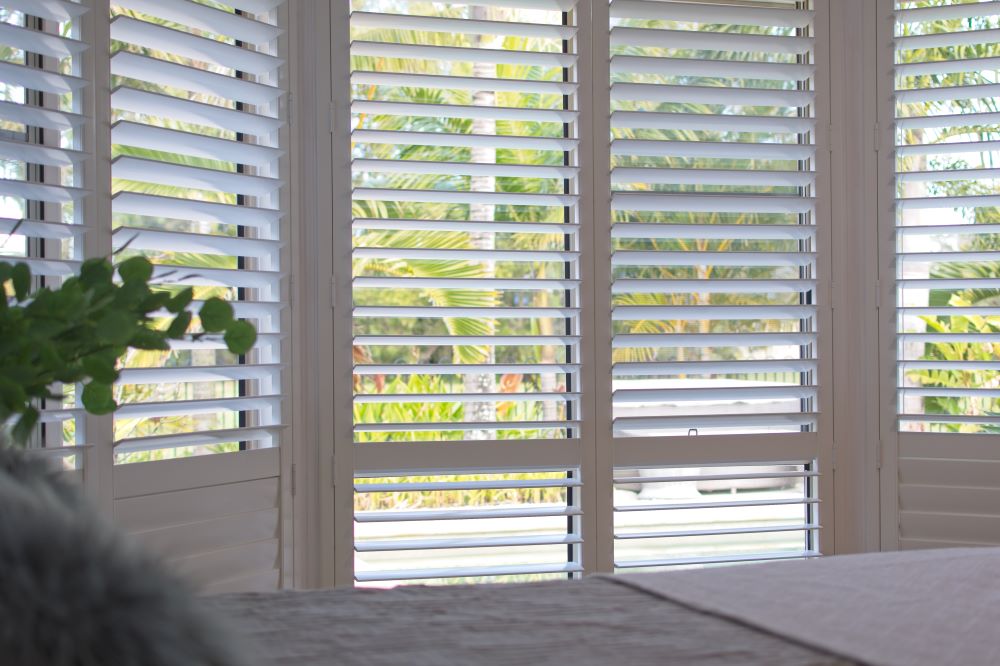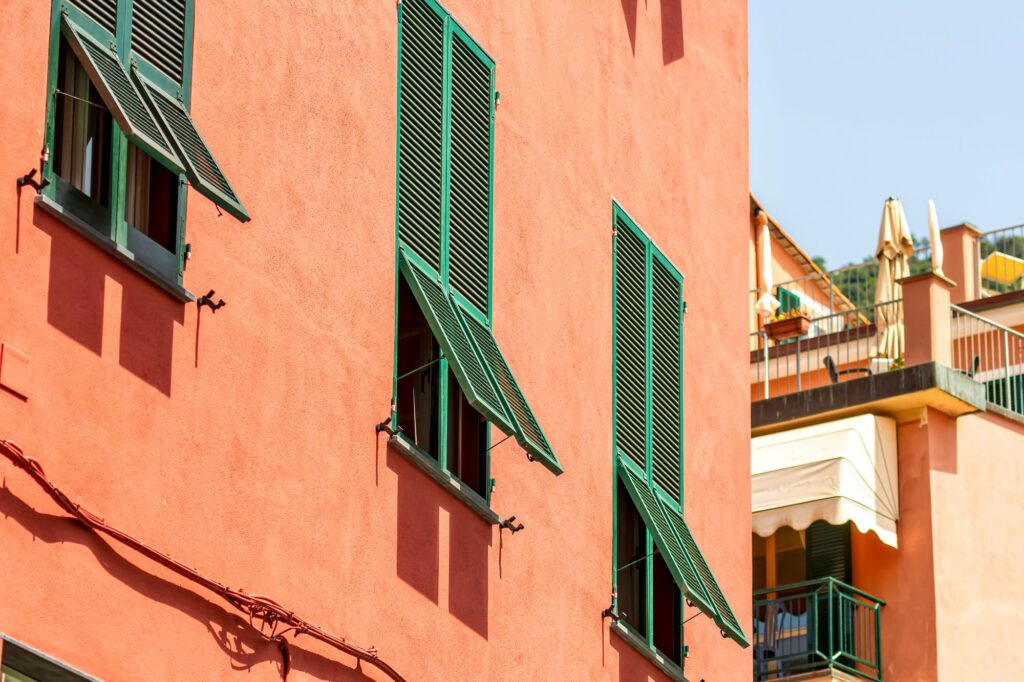Evolution of Shutters
Shutters have been used for centuries to control the amount of light and air that enters a room, provide privacy, and protect against the elements. They are typically made of wood but can also be made of other materials such as metal or vinyl. Shutters come in a variety of styles and designs, from simple and functional to elaborate and decorative. In this blog post, we will explore the fascinating history of shutters, from their ancient origins to their modern-day use. We will examine how shutters have been used in different civilizations throughout history, and how they have evolved over time. From the simple wooden shutters of ancient Egypt to the high-tech smart shutters of the 21st century, shutters have come a long way. This history of shutters is not only a story of how we control the light and air in our homes, but it is also a story of the evolution of design and technology over the centuries. So, let’s dive into the rich history of shutters and discover how they have shaped the architecture and design of the world we live in today.

Shutters in Ancient Times
Shutters have been used for thousands of years, and their origins can be traced back to ancient civilisations such as Egypt, Greece, and Rome. In these early civilisations, shutters were made of wood, and their primary function was to provide shade and ventilation. The shutters were often louvered, which means they had horizontal slats that could be adjusted to control the amount of light and air that entered a room. Shutters were also used for security, as they could be closed to protect against intruders or bad weather.
Shutters in the Middle Ages
During the Middle Ages, shutters evolved in both design and function. The louvered shutters of ancient times were replaced by solid wooden shutters that could be bolted shut for added security. These shutters were used in castles and churches, and their design was often elaborate and decorative, featuring intricate carvings and ornate ironwork. Shutters became an integral part of the architecture of the time, and their influence can be seen in the design of many medieval buildings. Shutters also played a role in the development of Gothic architecture, as they helped to control the amount of light that entered a building and provided a way to regulate the temperature. In addition, shutters helped to create a sense of privacy and seclusion in the grand residences of the time.


Shutters in the Renaissance and Baroque Eras
During the Renaissance and Baroque eras, shutters became more decorative and were often used to showcase wealth and status. Shutters were no longer just functional but were also designed to enhance the beauty of a building. Decorative shutters became common in palaces and grand residences, and their designs often featured intricate carvings and ornate moldings. In addition to their aesthetic appeal, shutters continued to be used for light control and privacy.
Advancements in shutter technology also occurred during this period. Shutters were often made with movable louvers that could be adjusted to control the amount of light and air that entered a room. This allowed for more flexibility in terms of how shutters were used, and allowed for more precise control over the light and temperature of a space.
Shutters in the Industrial Revolution
The Industrial Revolution brought about significant changes in the production and use of shutters. Mass production techniques allowed for shutters to be produced more quickly and at a lower cost. New materials such as aluminium were developed, which made shutters more durable and resistant to the elements.
As building styles changed during this time, so did shutter design. Shutters became more streamlined and modern in appearance and were often used in conjunction with other modern building materials such as glass and steel. The use of shutters also became more widespread, as they were no longer just used in grand residences, but also in more modest homes and commercial buildings.


Shutters in the Modern Era
In the modern era, shutters continue to be an important part of architecture and design. Advances in technology have led to the development of smart shutters, which can be controlled remotely and programmed to adjust automatically based on factors such as temperature and light levels. Eco-friendly shutters made from sustainable materials have also become popular, as more people look for ways to reduce their environmental impact.
In terms of design, shutters continue to evolve to meet the changing needs of buildings and occupants. From the sleek and modern look of aluminium shutters to the classic elegance of wooden shutters, there is a wide range of styles to choose from. Shutters are used in a variety of building types, from homes and commercial buildings to hotels and resorts. They continue to be an important way to control light and air, provide privacy, and enhance the beauty of a space.
From the Past to the Future of Shutters
The history of shutters is a story of how design and technology have evolved over time to meet the changing needs of buildings and occupants. From their simple origins in ancient civilisations to the modern-day smart shutters of the 21st century, shutters have come a long way. Shutters have played an important role in architecture and design throughout history, and their influence can be seen in the design of buildings all around the world. Shutters not only provide light control, privacy, and protection against the elements, but also add a decorative element to a building’s facade.
As we move forward, shutters will continue to evolve to meet the changing needs of buildings and occupants. With advances in technology and materials, the possibilities for shutter design and function are endless. Whether you prefer the classic elegance of wooden shutters or the sleek modern look of aluminium shutters, there is a shutter style that will suit your needs and enhance the beauty of your space. So next time you see a set of shutters on a building, take a moment to appreciate the rich history and evolution of this essential architectural element.


